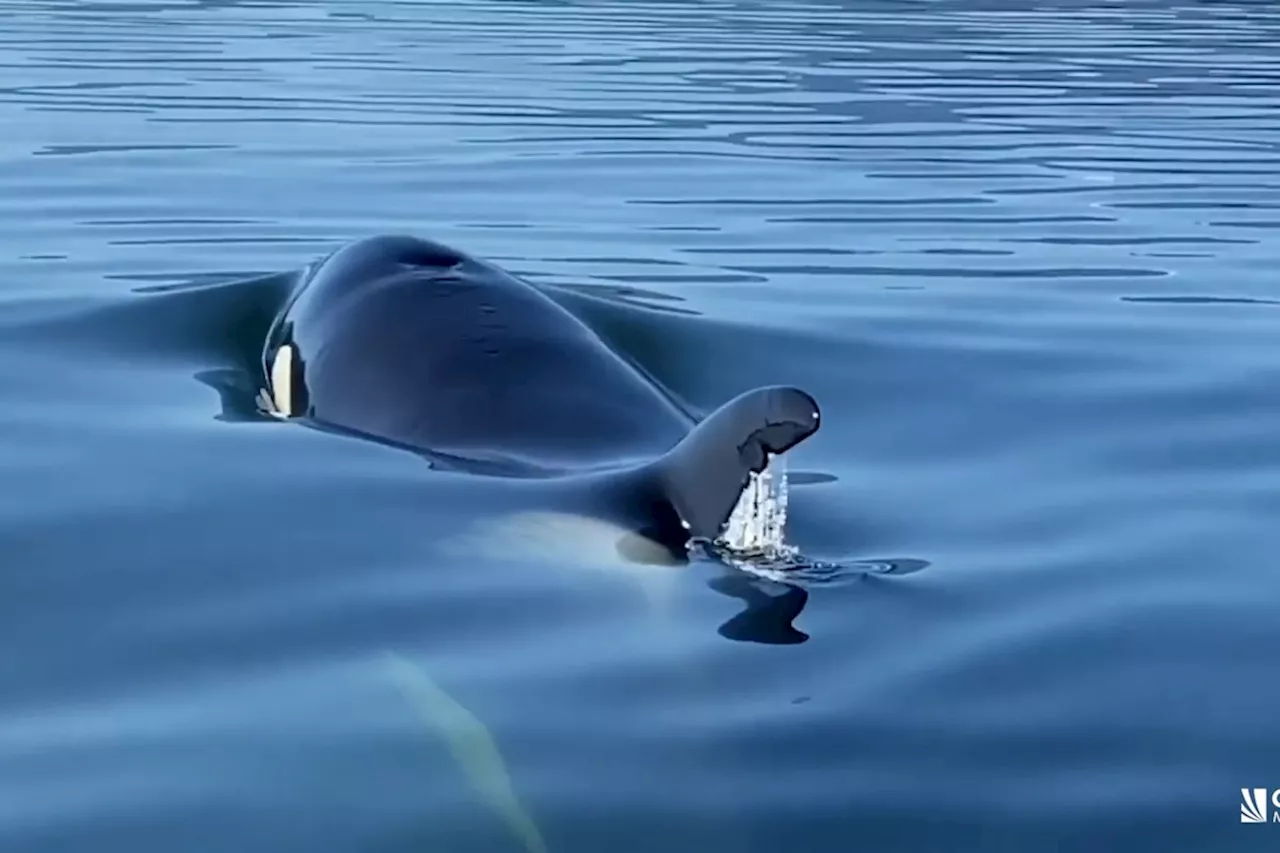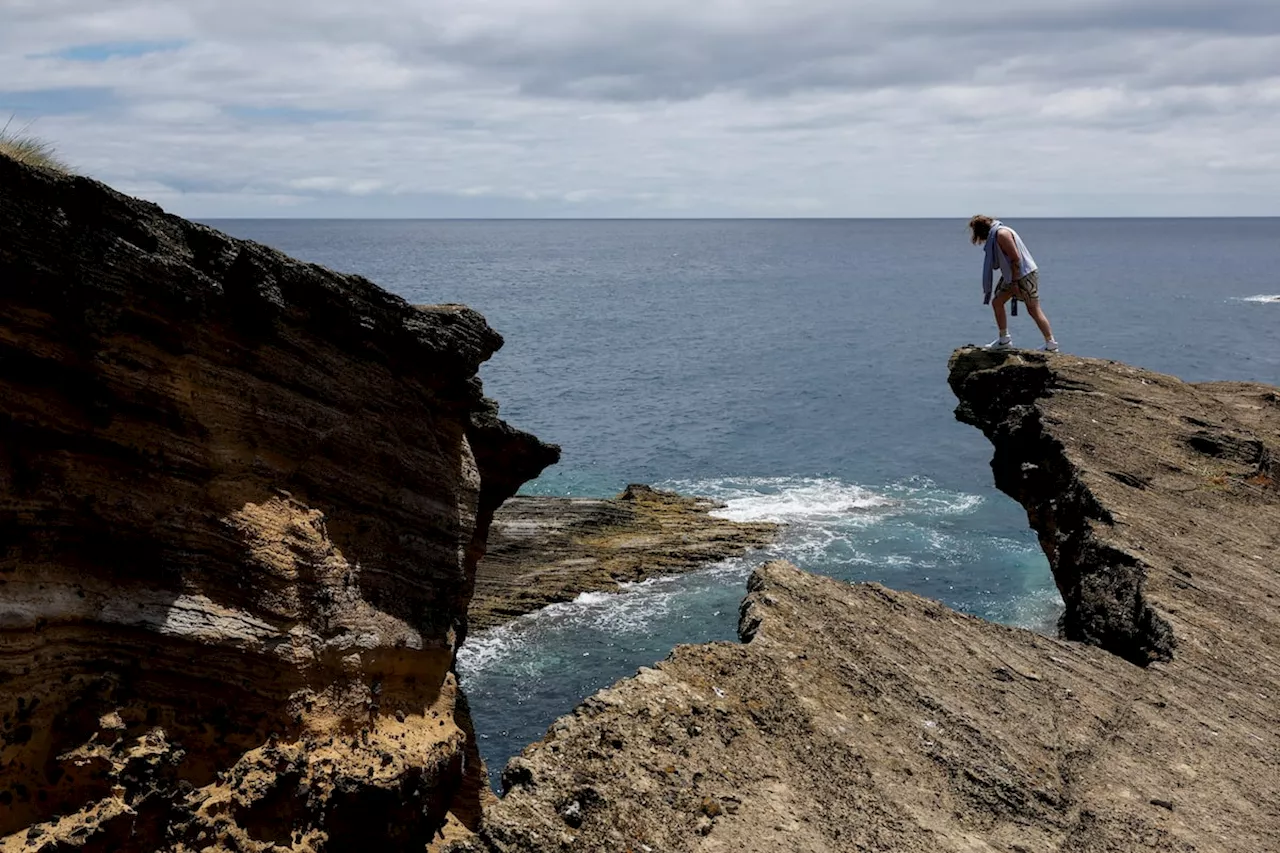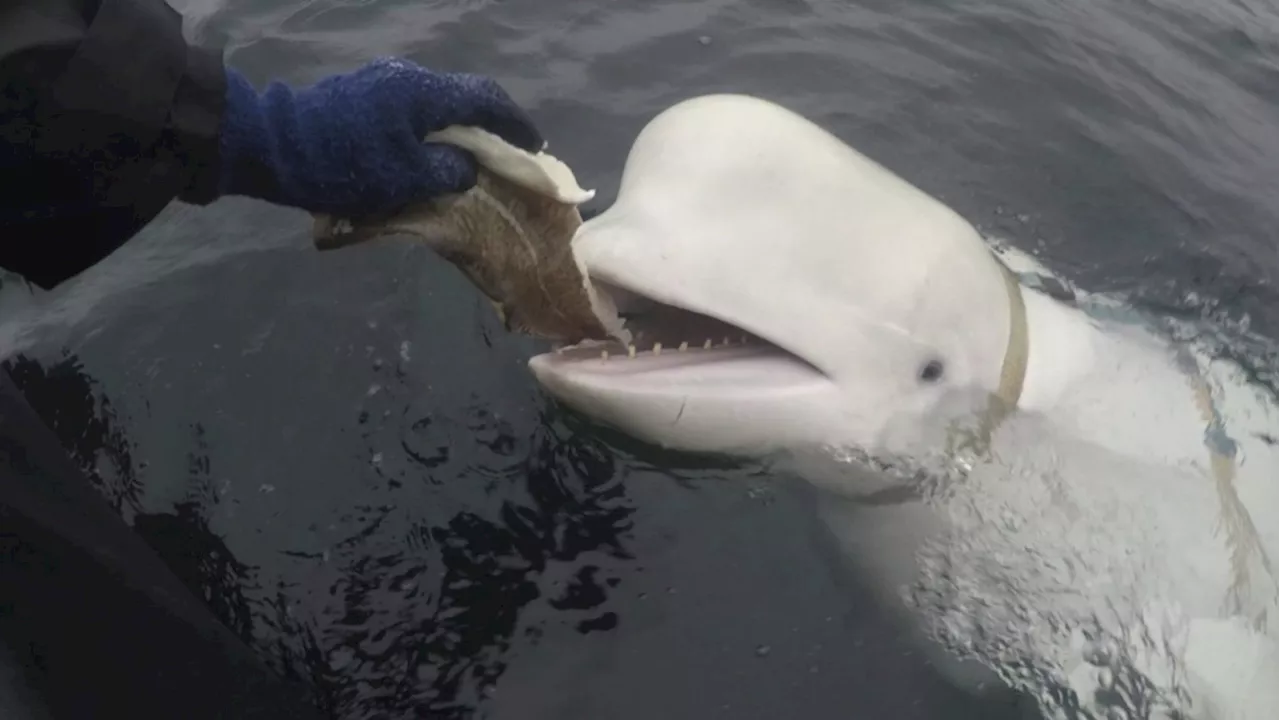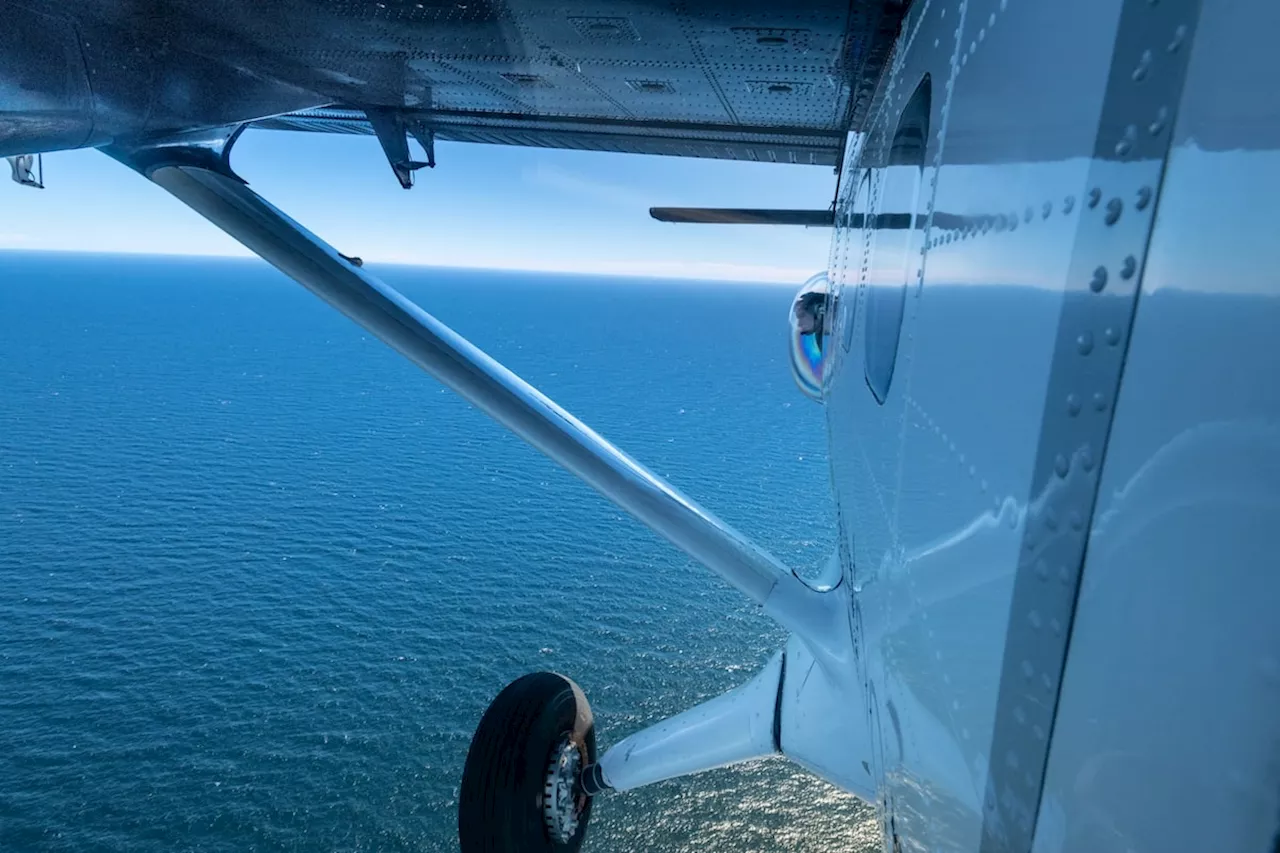Whale-watching planes can be critical to protecting an endangered species from getting caught in fishing gear or struck by ships. A crash this summer has put safety top of mind
Each spring and summer, North Atlantic right whales migrate from U.S. waters to the rich feeding grounds of eastern Canada , where many remain until late fall and even into early winter. Their deaths have outnumbered their births in recent years, and so to protect this critically endangered species, marine biologists monitor them through various methods. Scientific aerial surveys are particularly crucial, covering vast ocean areas efficiently.
Sarah-Maude Gagnon, a 24-year-old marine mammal observer who worked at the Maurice Lamontagne Institute in Mont-Joli, Que. Three others were treated and sent home. They include two female DFO employees, aged 23 and 28, who sustained moderate injuries, and a 26-year-old male pilot working with the plane company contracted by DFO, who sustained critical injuries requiring hospitalization.
Mackie Greene of the Campobello Whale Rescue Team throws a grapple to free a whale from fishing gear. This year, the lack of aerial surveillance has made it harder to prevent such entanglements.DFO planes in the Gulf of St. Lawrence have specialized windows, like the one technician Samuel Mongrain is using here, so they can get a clear view of any whales that might surface below.This flight in 2022 has two NOAA pilots and observers from both NOAA and DFO.
Previous to that incident, on Jan. 26, 1987, a single-pilot Cessna 337H aircraft undertaking right whale aerial surveillance ditched in the ocean off the Carolinas and Georgia. The pilot and four observers survived, but the plane was never recovered. TheDFO observer Leila Bennour looks through the bubble window of a NOAA Twin Otter. The U.S. agency oerhauled its safety practices in the 2000s after a deadly crash off the Florida coast.After the 2003 crash, the U.S.
“DFO employs Canadian Coast Guard helicopters as well as contracted external pilots as part of its aerial surveillance program,” said DFO spokesperson, Axel Rioux, in an e-mail, adding that “the specific type of plane used for each aerial survey can vary, and is dependent upon the operational requirements of the mission in question, supported by relevant codes and regulations.”
Whether a North Atlantic right whale is tangled and in distress, or healthy and not in need of human help, the point of aerial surveillance is to prevent harm to the animals before more are lost.Given the urgency to protect the right whale population, Transport Canada and DFO Conservation and Protection – both of which operate co-piloted aircraft – provided aerial support while DFO’s systematic aerial surveillance program for North Atlantic right whales was grounded.
As well, the right whale visuals provided by TC and C&P, are almost exclusively video, rather than the high-quality still photography from DFO science. Protecting North Atlantic right whales – a species that cannot afford a single human-caused death if it is ever to recover – demands the sharing of systematic and comprehensive information across the U.S.-Canada border, where these whales migrate.In the Gulf of St. Lawrence, August and September are particularly busy months for aerial-survey teams tracking North Atlantic right whales.
This season was especially important for carrying out the North Atlantic International Sightings Survey , the third large-scale, systematic science effort, and the first in eight years, to survey the continental shelves along Labrador and Newfoundland, the Gulf of St. Lawrence, and the Scotian Shelf for marine mammals, sea turtles and other large species, including many species at risk.
Either visual or acoustic detection can prompt a closure. But acoustic buoys and gliders have inherent limitations – they cannot identify individual whales or their health status, detect an entanglement or provide valuable assistance during a disentanglement operation, nor can they detect any whale that is not calling.
Appwebview Yesapplenews Dfo Whale United States Noaa Species Safety Canada Survey Gulf Of St. Lawrence Center For Coastal Studies U.S. National Oceanic And Atmospheric Administrati
Canada Latest News, Canada Headlines
Similar News:You can also read news stories similar to this one that we have collected from other news sources.
 'It's crazy': B.C. whale protection unit sees spike in whale strikes, drone violationsThe eight-person team is dealing with an influx of drone violations and vessel strikes when it comes to whales.
'It's crazy': B.C. whale protection unit sees spike in whale strikes, drone violationsThe eight-person team is dealing with an influx of drone violations and vessel strikes when it comes to whales.
Read more »
 Azores approves creation of the largest marine protected area in North AtlanticApproval places the archipelago at the forefront of global ocean conservation that aims to achieve the goals set by the United Nations of protecting 30% of the Earth’s land and sea by 2030
Azores approves creation of the largest marine protected area in North AtlanticApproval places the archipelago at the forefront of global ocean conservation that aims to achieve the goals set by the United Nations of protecting 30% of the Earth’s land and sea by 2030
Read more »
 Bitcoin: Top reasons why a new ATH could be on the horizon for BTCBitcoin futures hit $20B in open interest as whale accumulation rises, signaling potential major price movement.
Bitcoin: Top reasons why a new ATH could be on the horizon for BTCBitcoin futures hit $20B in open interest as whale accumulation rises, signaling potential major price movement.
Read more »
 XRP whale bags 52 mln tokens as THIS signals potential upsideXRP has finally broken out of a prolonged consolidation phase and is poised for 17% upside rally to reach the $0.65 level in the coming days.
XRP whale bags 52 mln tokens as THIS signals potential upsideXRP has finally broken out of a prolonged consolidation phase and is poised for 17% upside rally to reach the $0.65 level in the coming days.
Read more »
 Bitcoin whale confidence grows as BTC nears $60K – Should you buy the dip?Whale cohorts have sparked renewed optimism with their recent purchase of 50K BTC. Does this signal a market bottom?
Bitcoin whale confidence grows as BTC nears $60K – Should you buy the dip?Whale cohorts have sparked renewed optimism with their recent purchase of 50K BTC. Does this signal a market bottom?
Read more »
 Russian 'spy whale' in Norway wasn’t shot dead, likely died of bacterial infectionA beluga whale that lived off Norway’s coast and whose harness ignited speculation that it was a Russian spy, was not shot to death as claimed by animal rights groups but died of a bacterial infection, Norwegian police said Friday.
Russian 'spy whale' in Norway wasn’t shot dead, likely died of bacterial infectionA beluga whale that lived off Norway’s coast and whose harness ignited speculation that it was a Russian spy, was not shot to death as claimed by animal rights groups but died of a bacterial infection, Norwegian police said Friday.
Read more »
